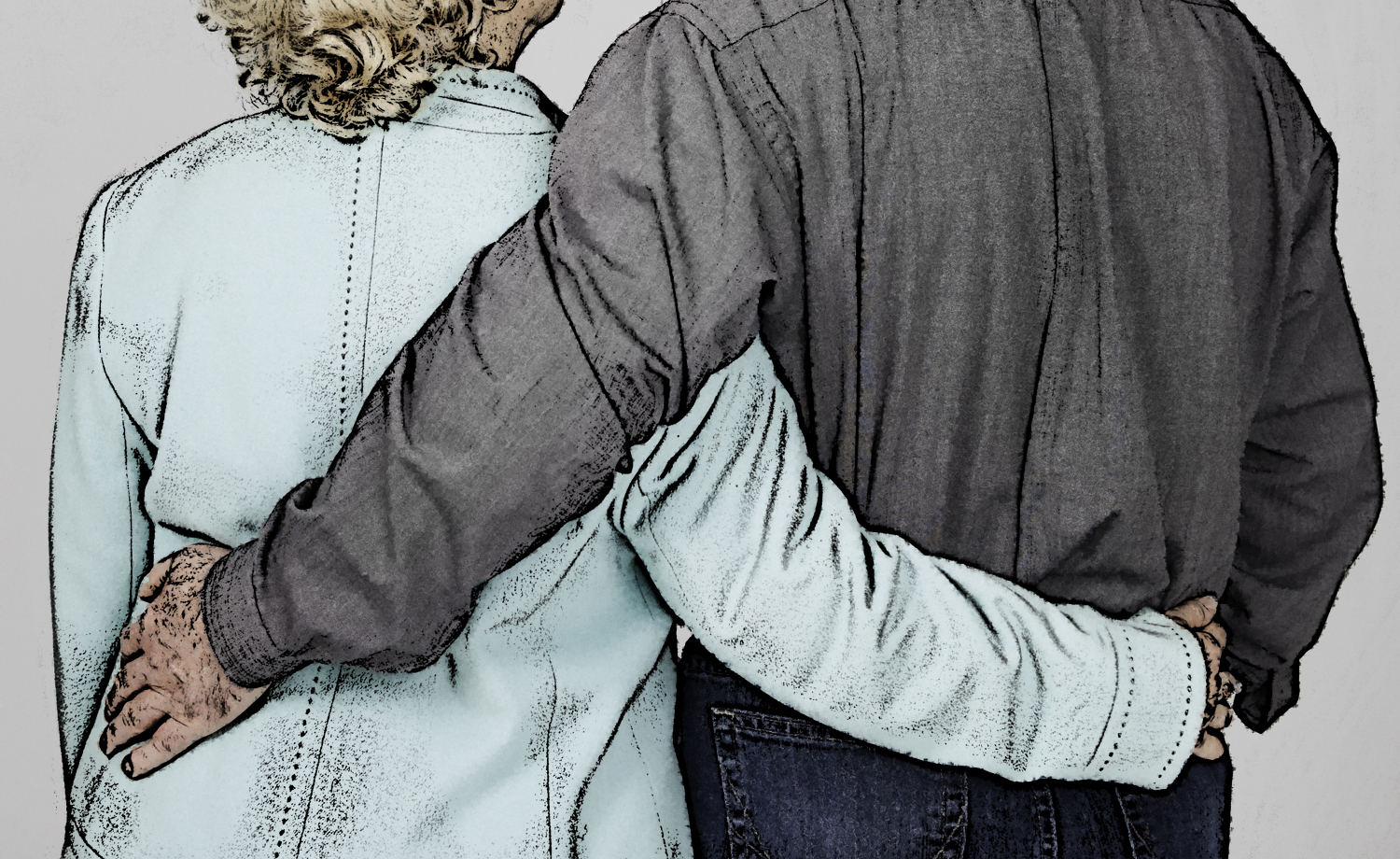News
Surviving spouse can claim £600 married couples tax break

Married couples are eligible to receive tax breaks worth around £600 in total, but the scheme will be extended to surviving spouses, and they will be able to backdate the claim by up to four years.
The Marriage Allowance was introduced on 6 April 2015 allowing an individual who earns less than the personal allowance to transfer a small portion of this allowance to their partner. This boosts the receiving partner’s personal allowance, meaning they can earn more before they start to pay tax.
But the rules don’t currently allow transfers of the personal allowance on behalf of deceased spouses or civil partners, or from a surviving partner to a deceased partner.
However, Budget 2017 documents reveal the Marriage Allowance will be extended, allowing surviving spouses to claim the tax break on behalf of their deceased partner. Further, as is the case for living married couples, these claims can be backdated by up to four years (though in practice, you can only go as far back as the 2015/16 tax year when the scheme was introduced).
The Treasury confirms eligible surviving spouses of those who died from 6 April 2015 onwards can apply for the Marriage Allowance.
While the measure is due to be legislated in the Finance Bill, it will be applied retrospectively so a surviving spouse can claim from 29 November 2017, the Treasury confirmed.
The Marriage Allowance in more detail
An individual earning less than the personal allowance can transfer 10% of their personal allowance to their husband, wife or civil partner, as long as the recipient is a basic rate taxpayer. This increases their earnings threshold and reduces their tax bill. It applies even if you currently receive a pension or you live abroad, as long as you still get a personal allowance.
Around four million living married and civil partner couples are currently eligible for the tax break but HM Revenue & Customs (HMRC) reported earlier this year that only around half are benefiting, perhaps a reason behind the extension of the scheme to surviving spouses. However, it was unable to say how many more couples would benefit from the Marriage Allowance being extended to surviving spouses.
The current personal allowance (2017/18 tax year) is £11,500 so the lower income earner can transfer £1,150 to their partner.
As the scheme is only available if the receiving partner is a basic rate tax payer, the 20% tax that they would have paid on £1,150 is now tax-free, meaning they save £230.
But as the surviving spouse/married partner/civil partner can backdate the claim by up to four years, it means they’re eligible for a further £212 and £220 tax-break:
The personal allowance for the 2016/17 tax year was £11,000 so the lower income earner could have transferred £1,100 to their partner, a £220 tax-break.
If you were eligible for the Marriage Allowance in the 2015/16 tax year, you can make a backdated claim of £212, based on the previous personal allowance of £10,600.
This means all eligible married and civil partners, including widows/widowers, can claim a total of £662.
Further, the Chancellor of the Exchequer yesterday confirmed the personal allowance for 2018/19 will rise to £11,850 so in that tax year, eligible couples can receive a further £237, taking the total (including backdated claims) to £899.
Usually, the lower earner needs to apply but in the case of a surviving spouse, the Treasury said it will extend the online Marriage Allowance application. It also has a section asking if you want to backdate the claim. For the current tax year, recipients may have their tax code amended or if you register for a personal tax account, the back payments can be paid through your bank account as a lump sum. Otherwise, it will be paid in the form of a cheque posted to the applicant or the surviving spouse.